Diagnosis: FOMO
August 1st, 2022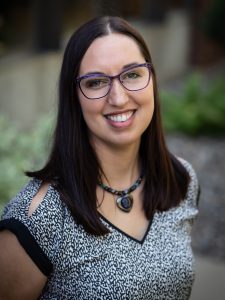 By Brenda Blackhawk
By Brenda Blackhawk
I have a six-year-old sister, Camille. She is the youngest of nine siblings, so she is the cutest, the whiniest, and the most picked-on (which makes her the toughest, too). She also has the biggest case of FOMO of all of us. FOMO is the “fear of missing out” and the youngest of my parent’s children lives in this state constantly.
At mealtimes, she frequently requests whatever condiment others are using, even if she has never had it and has no idea if she likes it. During the day, she is often found standing in one place, whipping her head back in forth, determining which brother or sister is having more fun before joining in. And bedtimes are a nightmare. Being only six, her bedtime is quite a bit earlier than the other kids, who get to stay up and watch movies. Her tantrums have been known to shake the walls.
“I spent my vacation in a constant state of FOMO. I wanted the food, the music, the shopping, the dancing, and most of all, the time with family.”
I often experience FOMO myself. But never more than this last week when my spouse, Chris, and I were stuck at home while the rest of our family headed off to Winnebago, Nebraska, for the 156th annual Homecoming Powwow. I had already requested the time off, made all the travels plans, and found a dog sitter. Then, we took a covid test the day before we were to leave, and our plans had to change.
I spent my vacation in a constant state of FOMO. I wanted the food, the music, the shopping, the dancing, and most of all, the time with family. I wanted to get up early with my Jaji (father) and watch him raise flags. I wanted to watch the Battle of the Bustles on Friday night with my sisters. I wanted to hold my little niece’s hand as we danced around the arena.
Instead, I spent my time watching YouTube live videos, scrolling through pictures on Facebook, and closely watching the snapchat stories of everyone who was there. While I was stuck in bed, blowing through two whole boxes of Kleenex, I couldn’t stop thinking about what I was missing out on. And how unfair it all was.
A FEW MONTHS AGO, at a staff meeting devotions, the Rev. Norma reminded everyone about gratitude with Psalm 118:24, “This is the day that the Lord has made; let us rejoice and be glad in it.” Gratitude isn’t always easy for me to find; I’m more the type of person always looking for the next best thing. But today I’m inclined to even be grateful for the involuntary pause in my life that this bout with COVID caused. It slowed me down enough to remember to be grateful.
“Gratitude isn’t always easy for me to find; I’m more the type of person always looking for the next best thing.”
 It took a few days, but gratitude started to break though the FOMO. When I was feverish and had the chills, I could find two snuggly fur babies right beside me. When I started to feel better and got around to deep cleaning the bathroom, I remembered how much I love my house. When we were hungry but too tired or sick to cook, I was grateful that there was an option to order food. And I’ll be really grateful when I see my sister next week and she brings me the shirt she told me she bought for me at powwow.
It took a few days, but gratitude started to break though the FOMO. When I was feverish and had the chills, I could find two snuggly fur babies right beside me. When I started to feel better and got around to deep cleaning the bathroom, I remembered how much I love my house. When we were hungry but too tired or sick to cook, I was grateful that there was an option to order food. And I’ll be really grateful when I see my sister next week and she brings me the shirt she told me she bought for me at powwow.
Finding the places and spaces for gratitude is good for our spirits, our relationships, and our health. If you haven’t taken a pause in a while, do it. After all, it the day the Lord has made. Be glad.


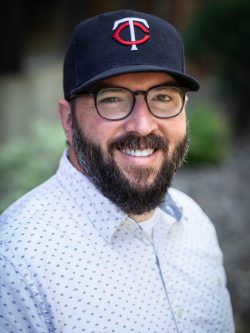
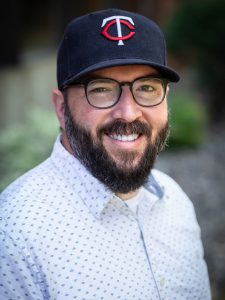 By Nicholas Tangen
By Nicholas Tangen 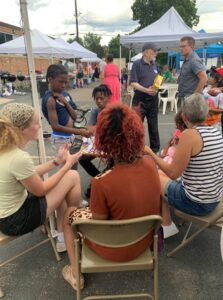
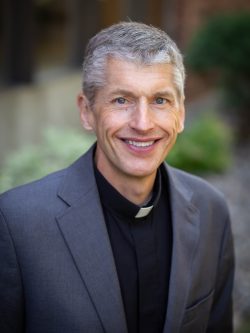
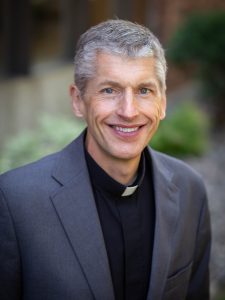 In early May, I attended a conference that was simultaneously shocking, challenging, and inspiring. It was called “Neighborhood Economics” and was hosted at a variety of sites in and around Indianapolis. The purpose of the conference was to explore ways that churches, nonprofits, and foundations could use their assets for greater impact in their local communities.
In early May, I attended a conference that was simultaneously shocking, challenging, and inspiring. It was called “Neighborhood Economics” and was hosted at a variety of sites in and around Indianapolis. The purpose of the conference was to explore ways that churches, nonprofits, and foundations could use their assets for greater impact in their local communities.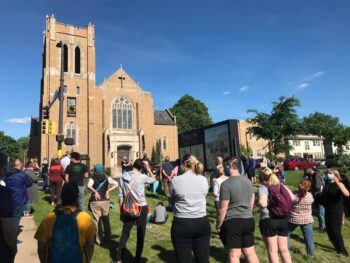
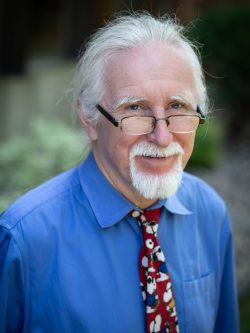
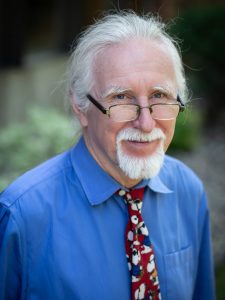 By Bob Hulteen
By Bob Hulteen 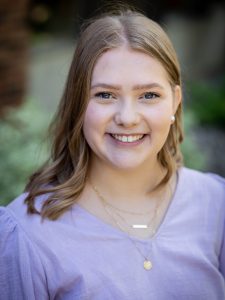 By Kayla Zopfi
By Kayla Zopfi
 By Maya Bryant
By Maya Bryant
 By Emilie Bouvier
By Emilie Bouvier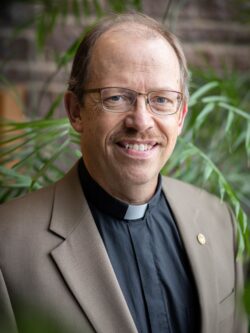
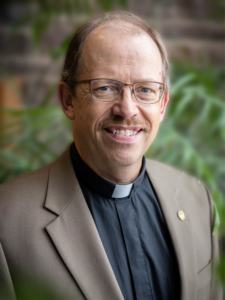 By Pastor John Hulden
By Pastor John Hulden 
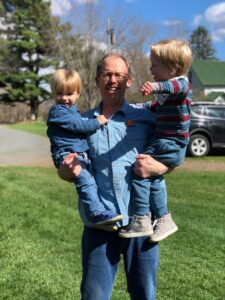
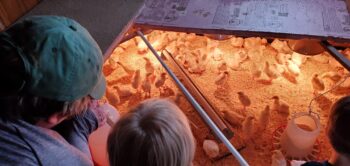
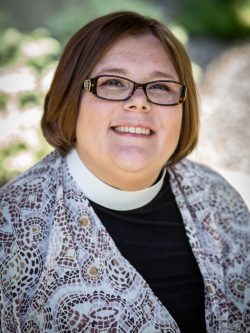
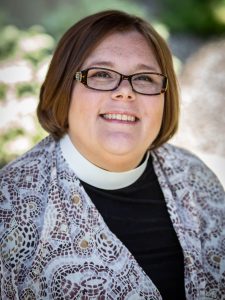 By Pastor Norma Malfatti
By Pastor Norma Malfatti 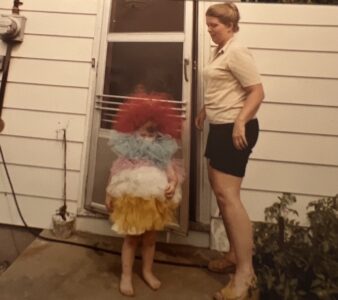

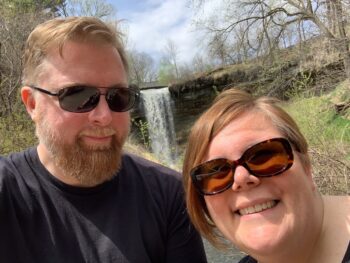 If you’re wondering how you might approach these kinds of conversations in your own congregation, I think Dr. Thema Bryant, a professor of psychology at Pepperdine University has wisdom to offer. At the Festival of Homiletics this week, she talked about post-traumatic growth and used Jesus’ crucifixion as the case study.
If you’re wondering how you might approach these kinds of conversations in your own congregation, I think Dr. Thema Bryant, a professor of psychology at Pepperdine University has wisdom to offer. At the Festival of Homiletics this week, she talked about post-traumatic growth and used Jesus’ crucifixion as the case study.